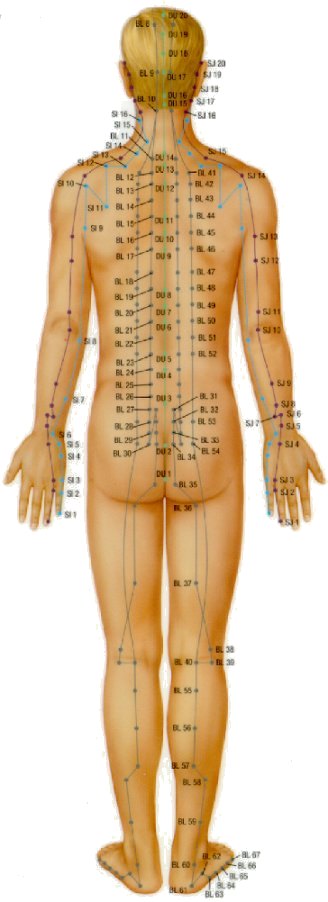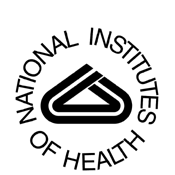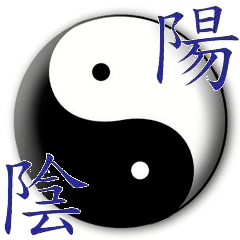Learn About Acupuncture
- What is acupuncture & oriental medicine?
- What can I expect from acupuncture?
- Who can benefit from acupuncture?
- The cornerstone of acupuncture
- National Institute of Health (NIH) Endorsement
- List of conditions that the World Health Organization (WHO) recognizes for acupuncture treatment
WHAT IS ACUPUNCTURE AND ORIENTAL MEDICINE?
The theory and practice of acupuncture is based on Oriental medicine (aka traditional Chinese medicine), a comprehensive natural health care system that has been used in Asian countries for thousands of years to preserve health and diagnose, treat and prevent illness. Acupuncture treats health conditions by stimulating "acu-points" found at specific locations on the surface of the body. Acupuncturists stimulate the acu-points by inserting very thin needles through the skin to produce physiological effects. Other methods are also used to stimulate acu-points, such as heat or finger-pressure. The general theory of acupuncture is that proper physiological function and health depend on the circulation of nutrients, substances and energy called Qi (pronounced " chee") through a network of "channels" or "meridians." This network connects every organ and part of the body, providing balance, regulation and coordination of physiological processes.

Pain and ill-health result when the flow of Qi through the body is disrupted or blocked by many things, including disease, pathogens, trauma, injuries, and medication (side-effects), as well as lifestyle factors such as overwork, poor diet, emotions, lack of rest and stress. The acupuncturist uses a sophisticated and complex system of diagnostic methods that take into consideration the person as a whole, discerning the body's pattern of disharmony rather than isolated symptoms. The aim is not only to eliminate or alleviate symptoms, but more importantly to treat the underlying cause, increase the ability to function and improve the quality of life. Acupuncture and Oriental medicine is one of the newest primary health care professions. The potential benefits of acupuncture are widely recognized, and it is being increasingly integrated with mainstream health care. The risk of side effects is low and the potential benefits are high. Knowing what to expect from acupuncture will help patients get the most benefit from treatments. Return to Top

WHAT TO EXPECT FROM AN ACUPUNCTURE TREATMENT
Diagnosis: An acupuncturist can use unique traditional diagnostic techniques, such as observing the tongue, complexion and other signs, or use modern Electrical Meridian Imaging to accurately diagnose your condition. The practitioner should explain the nature of your problem, the recommended treatment plan and an anticipated outcome.
Treatment Procedures: Modern acupuncture needles are stainless steel, between one-half and three inches long, ultra-fine and quite flexible. They are pre-sterilized, . nontoxic and disposable. When the needles are tapped into the skin, there may not be any sensation. Needles are typically placed in several acu-points and are usually left in about 20-40 minutes. The goal is to normalize the circulation of Qi and blood by stimulating the energy point, which encourages the body's natural healing process. Stimulation can be done by rotating the needles manually or attaching electrodes to send a weak electric current through the needles. The number of treatments depends upon the duration, severity and nature of your health condition. Two or three treatments may be sufficient for an acute condition, while a series of 5 to 15 treatments may be needed to resolve chronic conditions. Some degenerative conditions may require ongoing treatments over a long period of time.
Techniques used may include: moxibustion (burning herbs to heat acu-points), cupping (suction), auricular therapy (ear acupuncture), tuina (manipulation) and acupressure. Some relief should be apparent in two or three sessions, or six to eight sessions for more pervasive conditions. If you see encouraging signs, stick with it. If your response to treatment is not satisfactory, the practitioner may consider further diagnostic exams or modify the treatment plan.
Treatment Precautions: It is not recommended to have an acupuncture treatment if you are very hungry or extremely tired. Some bruising may occasionally occur after needling. If you have a bleeding disorder or are on blood-thinning medications, you should inform your acupuncturist before undergoing treatment. I f you are pregnant or have a pacemaker, tell the acupuncturist so that appropriate herbs and acu-points will be chosen.
Herbal Therapy: In the course of your treatment Chinese herbal remedies may be prescribed. They may be dispensed as raw herbs or in pills, capsules, granules, or tinctures which make them easier to ingest. Most herb formulas can treat a wide variety of symptoms while stimulating the body 's natural healing process. Chinese herbal medicine has been practiced safely and effectively for centuries and has the greatest potential for beneficial results when prescribed by a trained professional who recognizes the benefits and risks.
Return to TopWHO CAN BENEFIT FROM AN ACUPUNCTURE TREATMENT
Patients of acupuncturists range from infants to senior citizens. They may be seeking an alternative to Western medicine or it may be their last hope for relief, having exhausted other methods of treatment for a chronic condition. Or, an acupuncturist may be their first choice of health care practitioner for a low-risk form of treatment with few side effects.
Return to Top
CORNERSTONE OF ACUPUNCTURE
In one of the oldest medical books in the world, The Yellow Emperor's Book of Internal Medicine, it explains that acupuncture should be used to treat disease before you get sick. In fact, the Nei ling was one of the first medical texts to introduce the concept of prevention. Everyone has a tendency toward weakness somewhere in his or her body. With regular acupuncture treatments, the weakened systems are strengthened, so problems occur less frequently . When they do occur, recovery is much quicker. Thus, the prevention of disease is the cornerstone of Oriental medicine.
Return to TopENDORSEMENT BY THE NATIONAL INSTITUTES OF HEALTH

In November 1997, the National Institutes of Health (NIH) convened a panel of 12 distinguished physicians and scientists to review the history, licensing, practice and current status of clinical research on the effectiveness of acupuncture. The first formal endorsement of acupuncture by the NIH stated: "There is sufficient evidence of acupuncture's value to expand its use into conventional medicine and to encourage further studies of its physiology and clinical value." The panel determined there is clear evidence that needle acupuncture is effective for post-operative, chemotherapy and pregnancy-related nausea and vomiting, and for post-operative dental pain. The panel noted the World Health Organization has identified more than 40 conditions for which acupuncture may be helpful. The panel found that one of the advantages of acupuncture is that the incidence of adverse effects is substantially lower than that of many drugs or other accepted medical procedures used for the same conditions.
Return to TopAcupuncture Treatment Recognized by the World Health Organization
| Addictions | Cardiovascular | Dermatological |
|---|---|---|
|
|
|
| Ear, Eyes, Nose & Dental | Gastro-Intestinal | Gynecological, Obstetric |
|
|
|
| Infectious | Musculo-Skeletal | Neurological |
|
|
|
| Psychological | Respiratory | Urological |
|
|
|
| Other | ||
|

